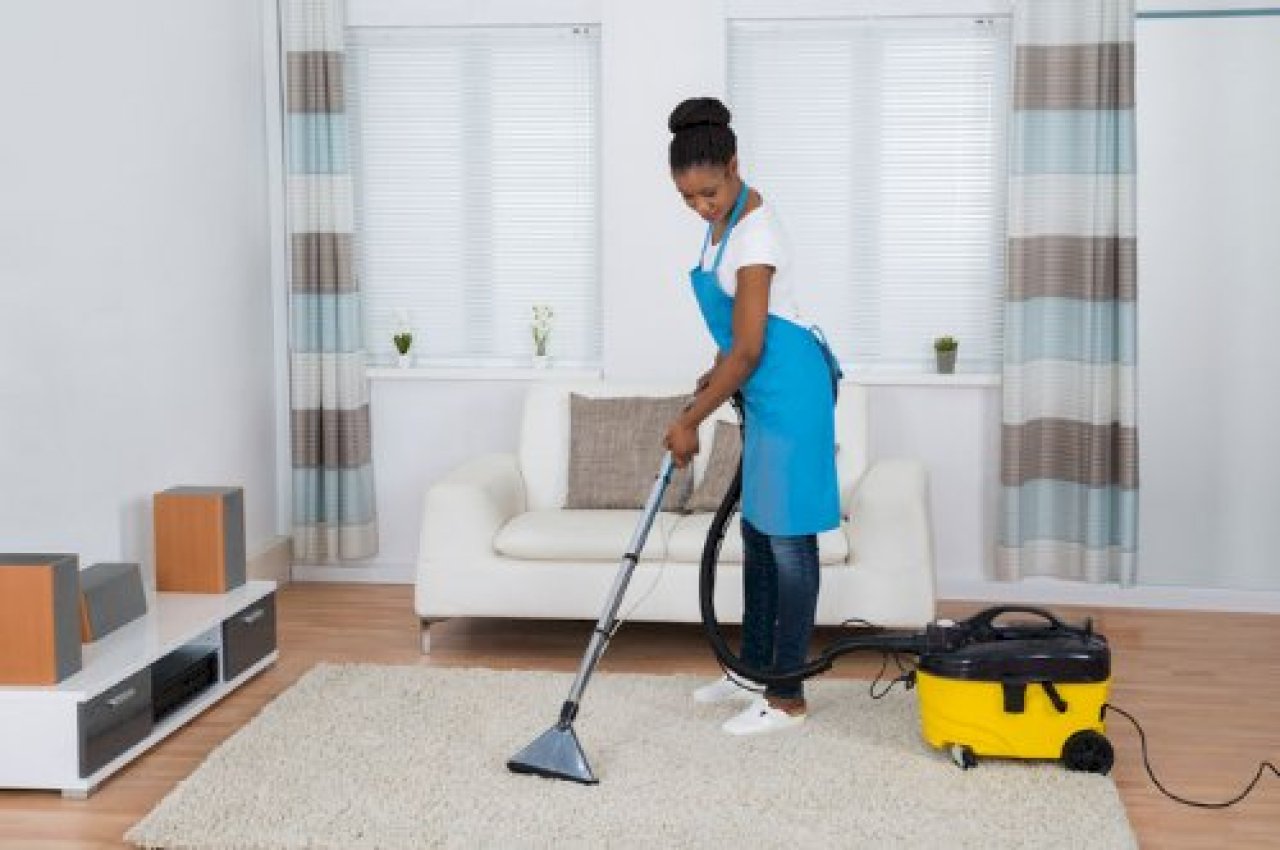Get Familiar with the Parts of a Vacuum Cleaner.

Knowing and being able to identify the parts of a vacuum cleaner is extremely important for cleaning and caring properly for it. Your vacuum cleaner is one of those appliances in the home that you’ll use frequently and it is expected that it will experience some wear and tear. Rather than condemning the appliance almost immediately, you can decide to replace parts of your vacuum cleaner that no longer work or stress you out during use. After going through these major parts of a vacuum cleaner we believe you’ll be able to communicate properly with whoever helps you repair or maintain your vacuum cleaner. In addition, you’ll know what exact parts you need to replace and purchase at the spare part store.
All these parts are very important for the proper functioning of your appliance regardless of what type of vacuum cleaner you own. Let’s dive right in.
Vacuum Cleaner Bags/Cyclone
Some types of vacuum cleaners come with bags or are bagless. For bagged vacuum cleaners you’ll find the bag right inside the vacuum cleaner and it is only expected that after a while this bag will be filled with all the debris picked up while using the vacuum cleaner. Some high-end vacuum cleaners have a screen where an indicator comes on when the bag is full and needs a replacement. After emptying your vacuum cleaner bag severally, you’ll need to replace it with a new one. Make sure you confirm the brand and model of your vacuum cleaner before getting a new bag. You also need to be sure of what size of bag you need to get.
Assuming you own a bagless vacuum cleaner, a cyclone dust collector performs the function of the bags. All matter collected during the vacuum cleaning process is received by this part of the vacuum cleaner. It goes further to process and separate dirt from air which is then let out. Getting a vacuum cleaner with a cyclone dust collector is a lot easier to use but both types of cleaners have their pros and cons. Note that your vacuum cleaner will no longer function properly if the bag is full or the cyclone’s dust cup needs to be emptied and cleaned up.
Filters
This part performs very important functions. First, it protects the internal parts of the vacuum cleaner by preventing dust and particles from getting into those delicate areas. There’s also another filter that majorly separates air from dust. This helps the vacuum cleaner emit clean air while in use and protect the user and those around from being uncomfortable. Some vacuum cleaners are very ideal for asthmatic individuals or those with allergies and breathe related illnesses. They usually contain a different type of filter called HEPA (High-Efficiency Particulate Air) filter which can collect 99.97% of particles, dust, bacteria, etc. of as little as 0.3 microns. If you live in a really dusty environment, getting a HEPA filter vacuum cleaner makes perfect sense.
Motor
What’s a vacuum cleaner without its motor system? It’s more like the engine; it takes the electric power from the power source and converts it into mechanical power which enables it to suck in air and particles during the vacuum cleaning process. A typical vacuum cleaner motor has the following parts: rotating fan, stationary fan, motor brush, drive shaft, field coil, etc. If you have a faulty vacuum cleaner motor, ensure only a specialist checks it out and if it is damaged beyond repair, you can get a replacement for it.
Wand
You can also call this part of a vacuum cleaner the rod. You can find it in between the hose and the other extension or attachments. It is usually adjustable to ensure that the user gets a comfortable length when making use of the vacuum cleaner. Another great aspect of this is the handgrip which makes it easy to hold and handle without it slipping out. There’s also the extension wand which is an attachment that you can use to add more length if you need to.
Attachments
Every vacuum cleaner comes with a variety of attachments that can be used to clean different surfaces. They come with nicely shaped mouths that is suitable for cleaning corners, sofas, vents, chairs, mattresses, etc. You should read through the user’s guide to find out the function of each attachment. Some of the attachments you’ll most likely have with your appliance are the crevice tool, upholstery tool, dusting brush, extension wand, etc.
Hose
The vacuum cleaner hose is the tubelike or pipelike side of the vacuum cleaner. It is flexible and made out of polyethene material. A good vacuum cleaner can withstand pressure during the vacuum cleaning process and it’s spacious enough to allow the smooth passage of debris.
Power Head/Nozzle
Apart from all the attachment that comes with your vacuum cleaner, there’s a main head which can be referred to as the power Now this is the main head of the vacuum and it does most of the vacuum cleaning work. It is more rugged than any of the other attachments made for cleaning. For the purpose of deep cleaning and cleaning a wide area, this part of a vacuum cleaner is very suitable.
In addition to all these parts of a vacuum cleaner we’ve listed, you’ll also find an electric cord, switch, and in some cases a headlight that helps you see more clearly when vacuum cleaning. And that’s a wrap. We hope you found this helpful, don’t forget to always reference the manufacturer’s manual before you start using your appliance. Lastly, only professionals who are skilled at fixing vacuum cleaners made by the brand you use should be allowed to check or repair your vacuum cleaner.







